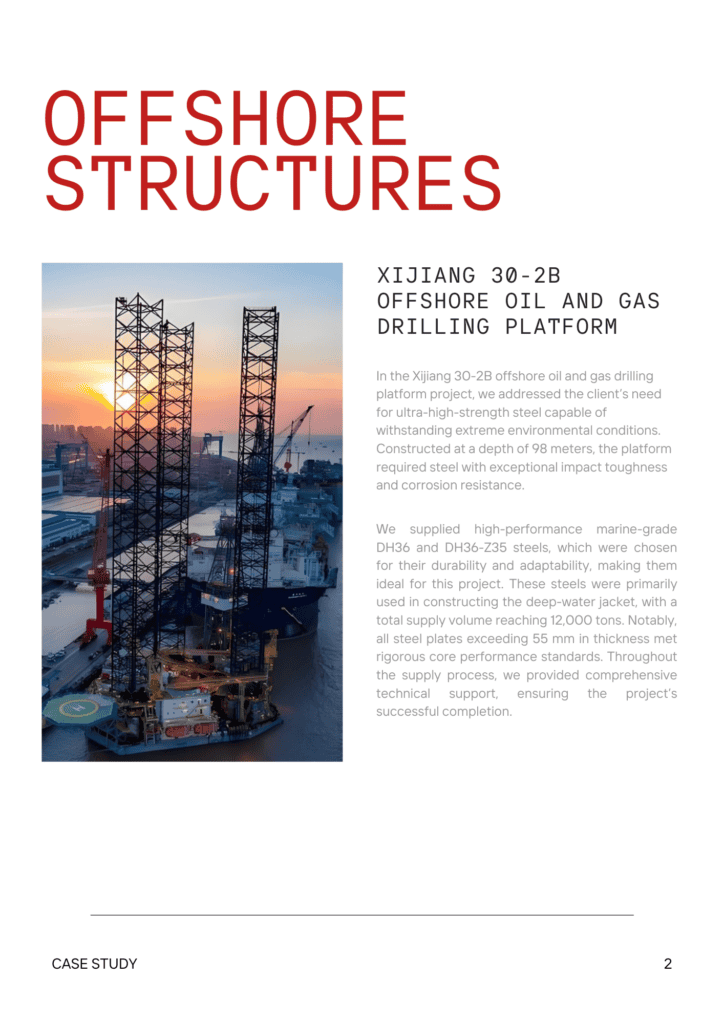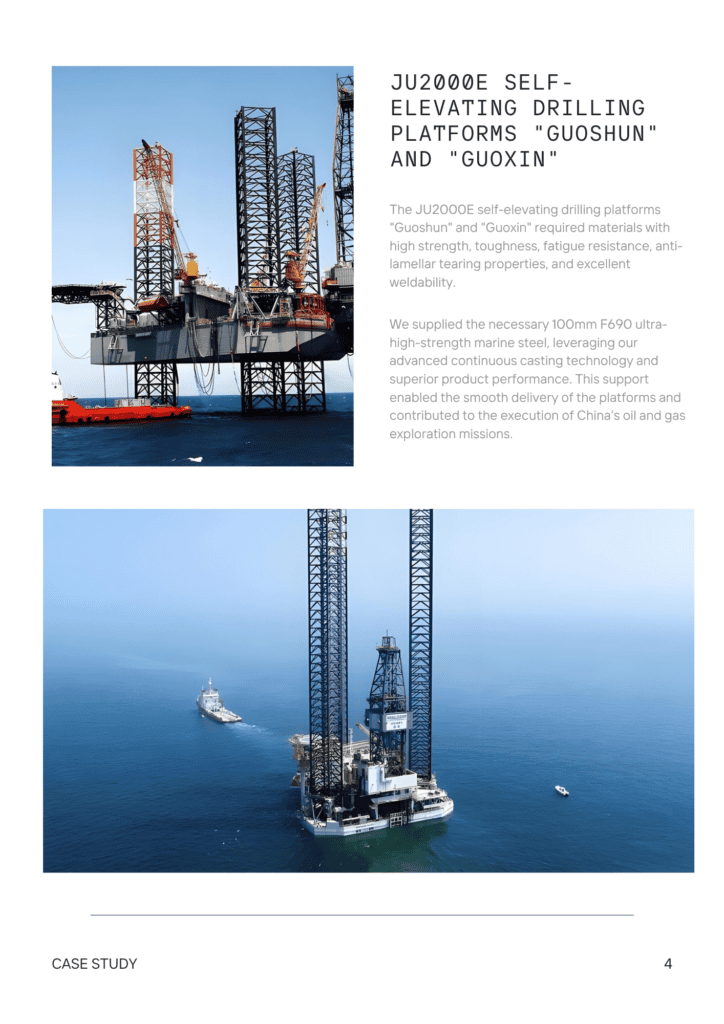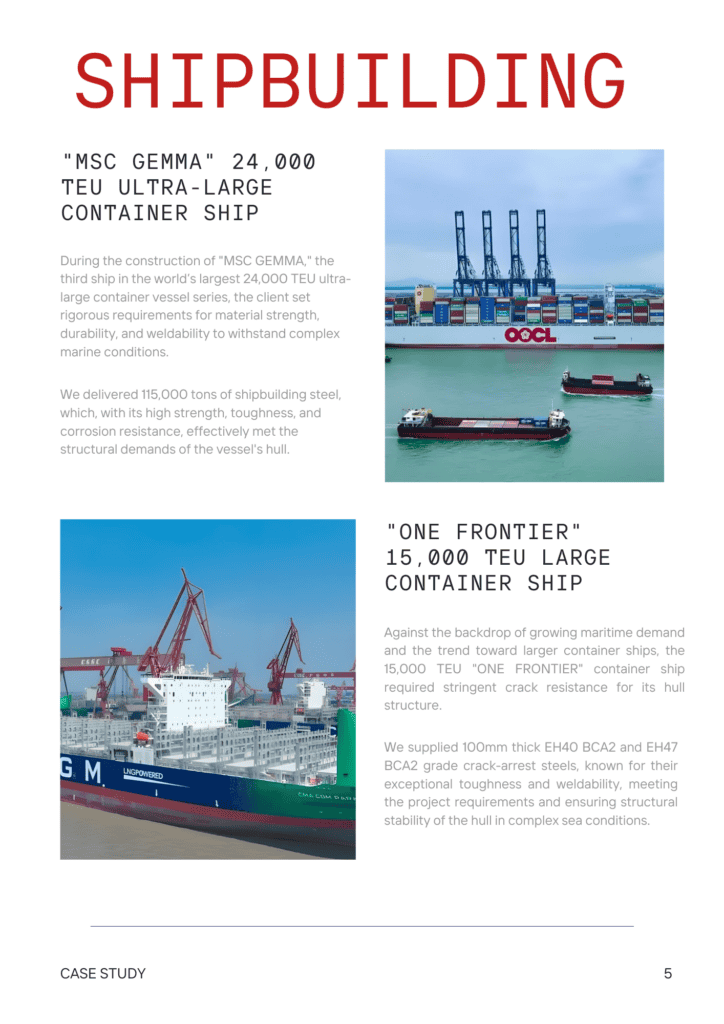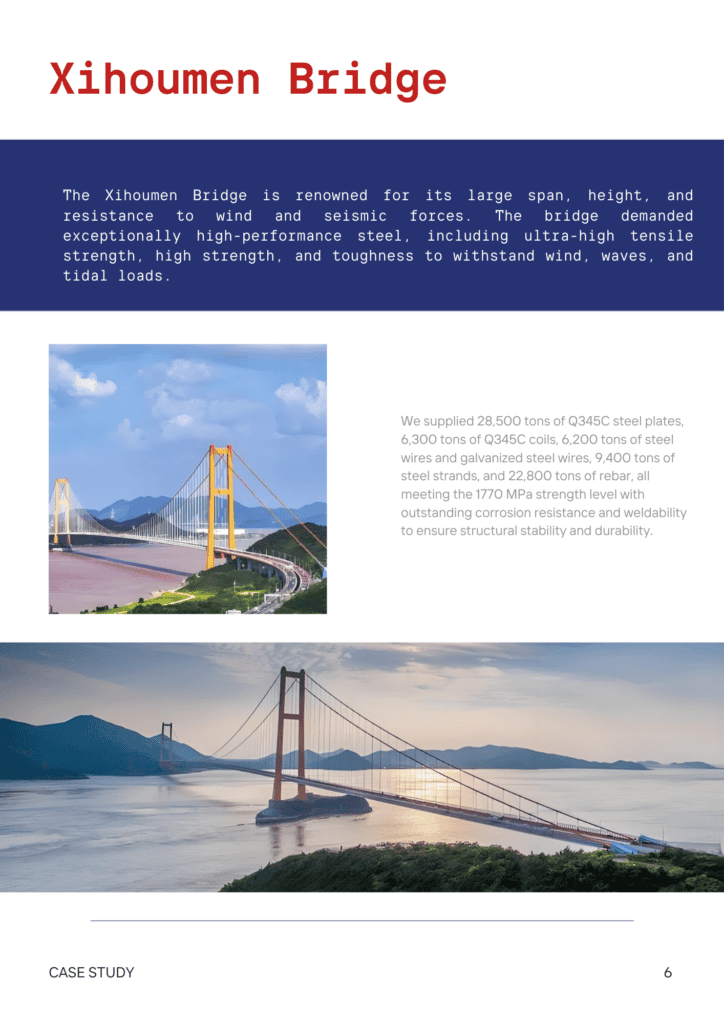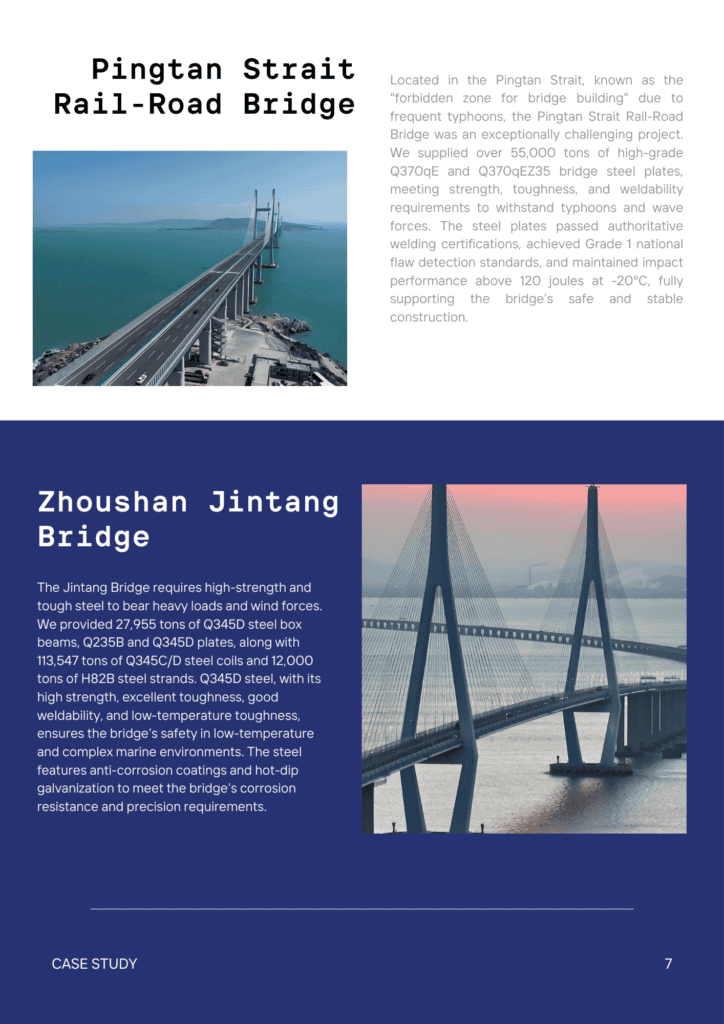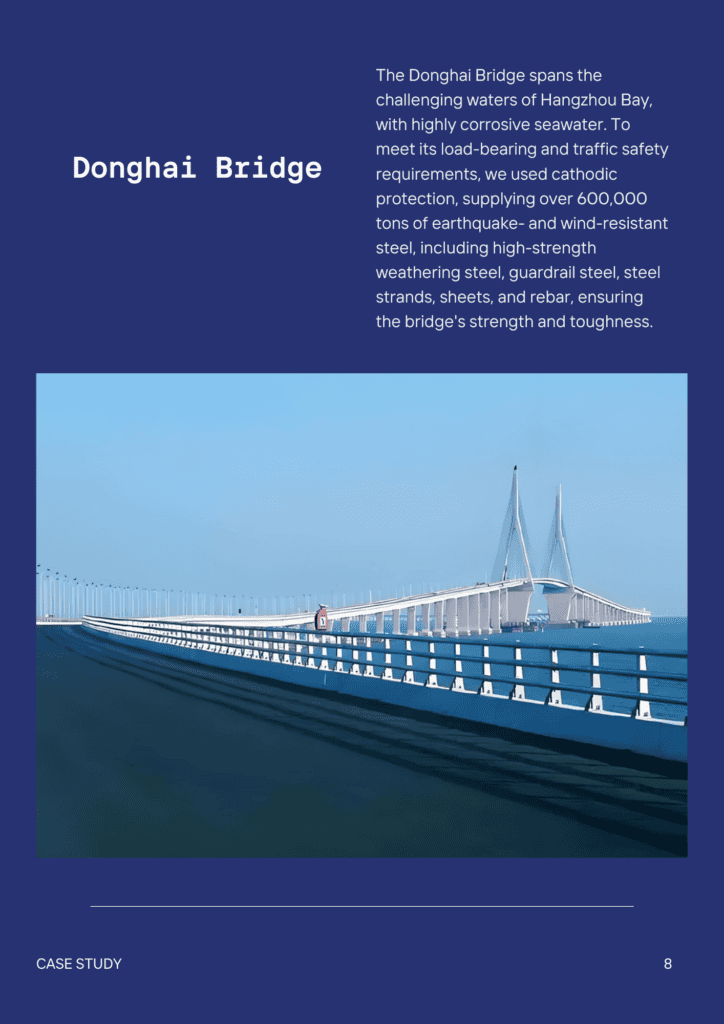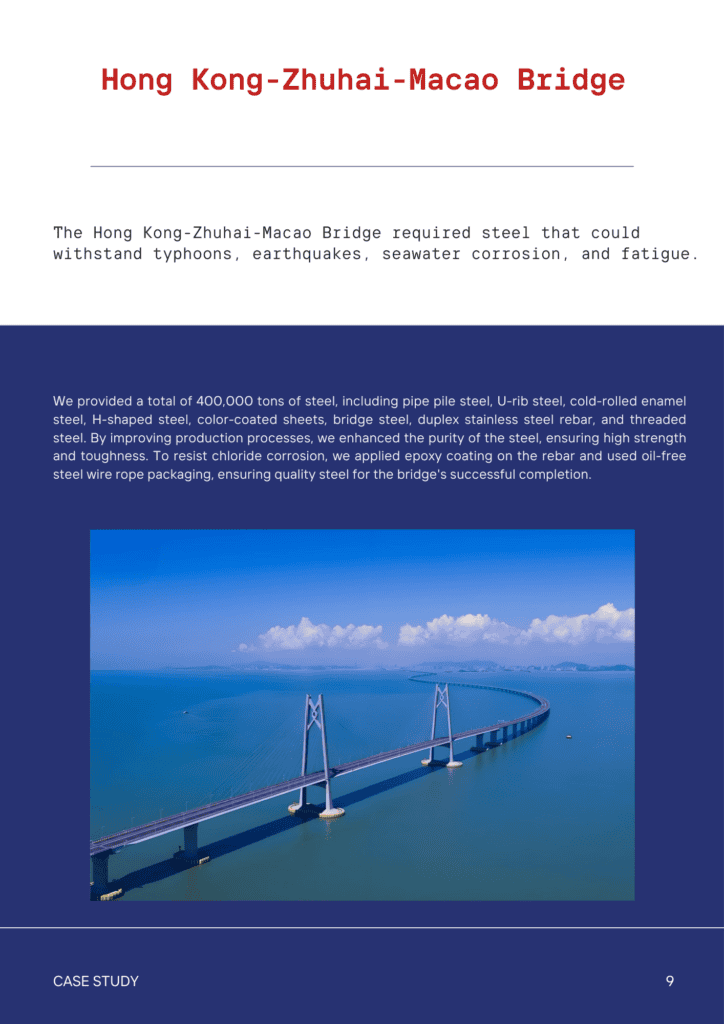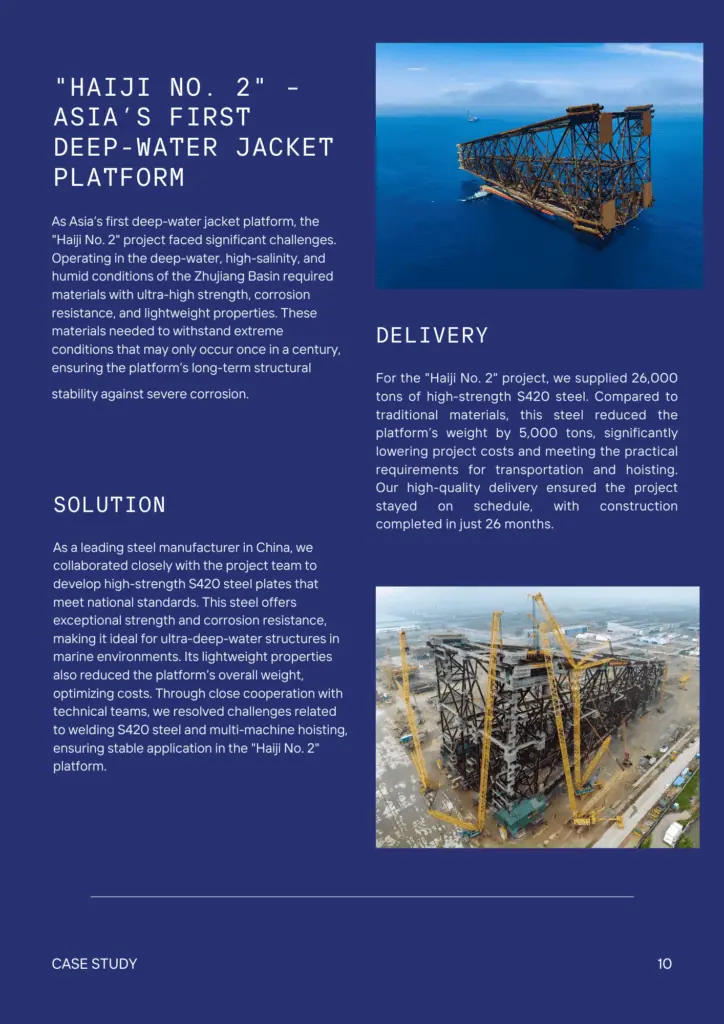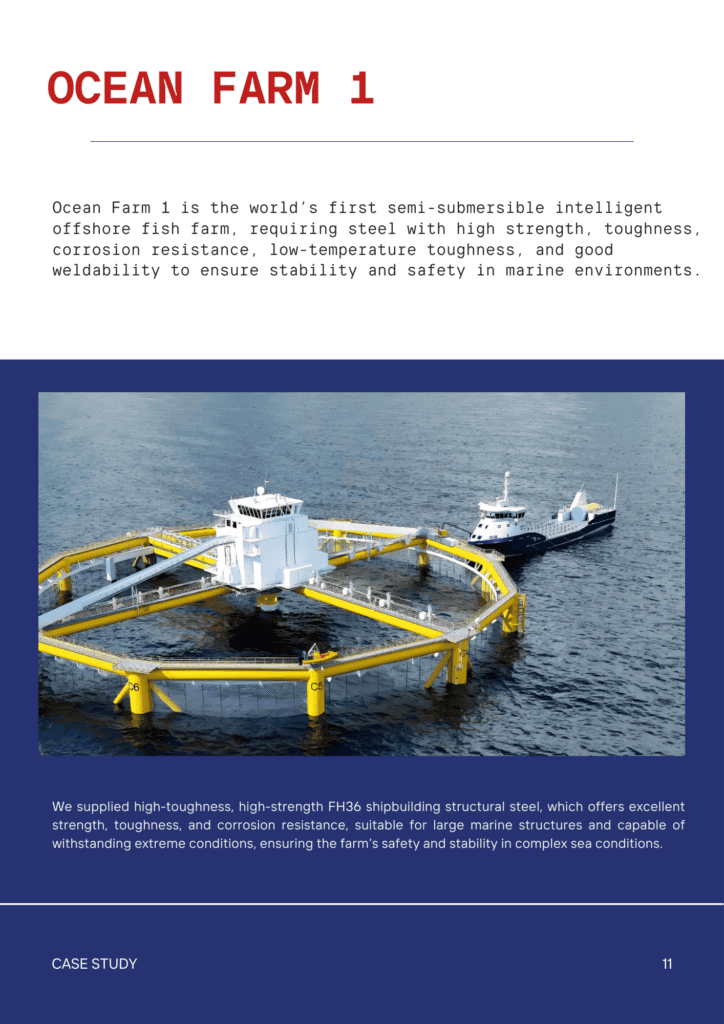Contents
D2 Tool Steel: Properties, Process, Applications
- John
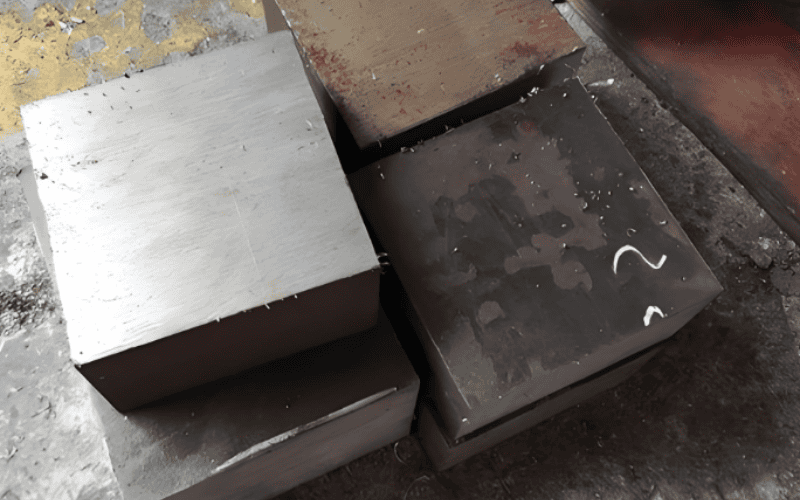
D2 tool steel is the benchmark for durability and precision in high-wear industries. With 12% chromium content, it delivers three times the wear resistance of standard carbon steel.
Yet, many engineers overlook key factors such as heat treatment compatibility, post-processing costs, and impact resistance, leading to premature tool failure and inefficiencies. To help you make the most of this cost-effective material, we provide a comprehensive guide to D2 tool steel’s properties, advantages, and best-use practices.
What Is D2 Tool Steel?
D2 tool steel is a high-carbon, high-chromium alloy known for its excellent wear resistance and ability to maintain a sharp edge. It is a cold work tool steel, widely used for high-wear applications like die cutting, forming, and blades. After heat treatment, D2 steel achieves a hardness range of 55-62 HRC and offers moderate corrosion resistance. Compared to A2 steel, D2 provides better wear resistance but has lower machinability.
At SteelPro Group, we provide D2 tool steel in bars, plates, and rods with customized sizes and cutting options. We also offer heat treatment and machining services tailored to your unique needs.
D2 Tool Steel Equivalent Grades and Standards
| Grade System | Equivalent |
| ASTM A681SAE J437/J438 | T30402 |
| DIN | 1.2379 |
| JIS G4404(83) | SKD11 |
D2 Tool Steel Key Properties
D2 Tool Steel Advantages
- High wear resistance → Ideal for tooling, dies, and applications requiring long-term durability.
- High hardness & edge retention → Useful for cutting and shearing applications.
- Good dimensional stability → Suitable for precision components.
- Moderate corrosion resistance → Performs well in dry conditions with minimal maintenance.
- High compressive strength → Can withstand significant pressure.
D2 Tool Steel Limitations
- Brittle and lacks toughness → Prone to chipping under impact.
- Hard to machine → Requires specialized tools.
- Not fully stainless → Susceptible to corrosion in humid or wet environments.
- Challenging heat treatment → Requires careful control to avoid embrittlement.
- Weak at high temperatures → Not suitable for extreme heat applications.
Is D2 Steel Good?
Yes, D2 steel is renowned for its durability, hardness, and excellent wear resistance. It is widely utilized in toolmaking and performs exceptionally well in challenging conditions.
Is D2 Steel Stainless?
No, D2 is not completely stainless. Although it contains chromium, which provides some corrosion resistance, it can still rust if not properly maintained, especially in damp or harsh conditions.
D2 Tool Steel Chemical Composition
D2 tool steel, featuring chromium, molybdenum, and vanadium composition, offers durability while maintaining toughness. The table below summarizes its chemical composition.
| Element | Composition (%) |
| Carbon (C) | 1.4 – 1.6 |
| Chromium (Cr) | 11 – 13 |
| Cobalt (Co) | ≤ 1.0 |
| Iron (Fe) | 80.8 – 86.9 |
| Manganese (Mn) | ≤ 0.60 |
| Molybdenum (Mo) | 0.70 – 1.2 |
| Phosphorus (P) | ≤ 0.030 |
| Silicon (Si) | ≤ 0.60 |
| Sulfur (S) | ≤ 0.030 |
| Vanadium (V) | ≤ 1.1 |
D2 Tool Steel Mechanical Properties
D2 tool steel is known for its exceptional hardness and tensile strength. It also provides reliable performance under stress due to its excellent yield strength and elongation. The following table outlines the mechanical properties of D2 tool steel.
| Property | Metric Value | Imperial Value |
| Hardness (Annealed) | 250 HB | 250 Brinell |
| Hardness (Hardened) | 58-62 HRC | 58-62 Rockwell C |
| Tensile Strength | 1,800 MPa | 261,000 psi |
| Yield Strength | 1,500 MPa | 217,500 psi |
| Elongation | 10-12 % | 10-12 % |
| Reduction of Area | 50 % | 50 % |
| Modulus of Resilience | 95 MJ/m³ | 17.5 x 10³ psi |
| Poisson’s Ratio | 0.3 | 0.3 |
| Machinability | 50-60 % | 50-60 % |
D2 Tool Steel Physical Properties
D2 tool steel has a high density and excellent dimensional stability, with strong resistance to thermal expansion and high thermal conductivity. The table below details its physical properties.
| Property | Metric Value | Imperial Value |
| Density | 7.75 g/cm³ | 0.28 lb/in³ |
| Modulus of Elasticity | 210 GPa | 30.5 x 10⁶ psi |
| Poisson’s Ratio | 0.3 | 0.3 |
| Thermal Conductivity | 25.0 W/m·K | 14.5 BTU·in/h·ft²·°F |
| Specific Heat Capacity | 460 J/kg·K | 0.11 BTU/lb·°F |
| Coefficient of Thermal Expansion | 11.6 x 10⁻⁶ /°C | 6.4 x 10⁻⁶ /°F |
| Melting Point | 1,460°C | 2,664°F |
What Is D2 Steel Used For?
- Cold work tooling (stamping dies, shearing blades, punches)
- Industrial cutting tools (paper cutters, woodworking tools, metal shears)
- Wear-resistant machine parts (bearings, rollers, industrial knives)
- High-hardness knife blades (EDC, tactical knives, but not high-impact blades)
D2 steel excels in wear resistance and high hardness, making it ideal for tooling and cutting applications. However, its low toughness increases the risk of chipping under impact, while machining difficulty requires specialized tools.
For applications requiring higher impact toughness (e.g., shock-resistant tools), A2 or S7 are better alternatives, while M2 outperforms D2 in high-temperature strength for hot-working applications.
D2 Tool Steel as a Knife Material: A Real Evaluation
D2 tool steel has a mixed reputation in the knife community, but its perceived weaknesses are not absolute deal-breakers. It remains one of the most practical, cost-effective, and high-performance tool steels for knives when used appropriately.
- Exceptional Edge Retention (Real-World Longevity)
D2’s high carbon and chromium content forms a significant amount of wear-resistant carbide structures, making it one of the best mid-tier steels for long-term sharpness.
Compared to common stainless steels like 440C or AUS-8, a D2 blade holds its edge up to 3-5 times longer, reducing the need for frequent sharpening in regular use.
- High Wear Resistance (Ideal for Hard Use Cutting)
D2 excels in abrasive cutting tasks like breaking down cardboard, processing wood, and cutting fibrous materials.
Its hard carbide-rich structure minimizes blade wear, meaning it can withstand repeated cutting of tough materials without significant dulling.
- Good Corrosion Resistance for a Tool Steel
While not stainless, D2’s chromium content provides better rust resistance than standard carbon steels (e.g., 1095, 5160).
In practical use, occasional wiping and oiling (or using a blade coating) significantly reduce the risk of rust, making D2 suitable for most environments except extreme humidity or saltwater exposure.
- Affordable for Its Performance Class
While high-end powdered metallurgy steels (e.g., CPM-20CV, M390) outperform D2 in corrosion resistance and toughness, they come at a significantly higher price.
D2 offers premium-level edge retention at a mid-range price, making it a great value choice for knives that need to stay sharp for extended periods.
Is D2 Steel Good For Knives?
✅ Yes—if you need a durable, long-lasting edge and are willing to do basic maintenance.
❌ No—if you need a rust-proof, high-impact survival knife for extreme conditions.
Heat Treatment Determines D2’s True Performance
D2 tool steel needs proper heat treatment to perform well. Its structure is less uniform than modern steels, so heat treatment affects hardness, wear resistance, and toughness. When done right, D2 has great edge retention and durability. But if done poorly, it can become too brittle, too soft, or unstable, leading to chipping or dulling.
Some budget manufacturers do not heat-treat D2 properly, causing inconsistent quality. A badly treated D2 blade may be too fragile or unable to hold an edge.
At SteelPro Group, we use precise heat treatment methods to improve carbide distribution and mechanical properties. This ensures that D2 steel has better edge stability, wear resistance, and toughness, reducing the risk of failure.
D2 Tool Steel Forging
Begin by slowly and evenly heating the material to 700°C (1,292°F). Once this temperature is reached, increase the heat more rapidly to 900-1,040°C (1,652-1,904°F). After forging, allow the steel to cool gradually, ensuring no rapid temperature changes.
Forging should not proceed below 925°C (1,697°F) as the steel may become difficult to shape and prone to defects. Annealing is an essential step performed afterward to relieve stresses and optimize the material’s properties.
D2 Tool Steel Heat Treatment
D2 tool steel’s high carbon and chromium content provides excellent hardness and wear resistance but requires precise heat treatment to prevent issues like cracking or distortion.SteelPro Group offers D2 tool steel in annealed form, as well as in cold-worked and hardened conditions.
The following sections outline the key heat treatment steps for achieving optimal performance.
Annealing
D2 tool steel should be uniformly heated to 850°C (1,562°F). The steel should be held at this temperature for approximately 1 hour for every 25.4mm (1 inch) of thickness.
After soaking, the material must be cooled slowly in the furnace or at a controlled rate of approximately 20°C per hour to avoid cracking or distortion.
Post-annealing, the hardness typically reaches around 200 HB (Brinell Hardness).
Hardening
D2 tool steel must first be slowly preheated to 750–780°C (1,382–1,436°F) and soaked for a uniform temperature throughout. Afterward, it should be heated to the final hardening temperature of 1,000–1,030°C (1,832–1,886°F).
The steel can then be quenched in oil or air, depending on the desired cooling medium. If quenched in oil, it cools more rapidly, resulting in higher hardness, while air cooling will result in a slightly lower hardness but may reduce the risk of distortion or cracking.
Tempering
D2 tool steel should be uniformly heated to 150–200°C (302–392°F) for tempering. Each 25.4mm (1 inch) of thickness should be held at this temperature for 1 hour to ensure proper heat distribution and to relieve stresses.
A second tempering may be performed if additional toughness or reduction in hardness is required. The second tempering temperature typically ranges from 180–200°C (356–392°F). The hardness after tempering is usually between 58-62 HRC (Rockwell C).
D2 Tool Steel Product Forms
At SteelPro Group, we take pride in offering an extensive selection of premium D2 tool steel products, meticulously engineered to meet the requirements of various industrial sectors. Below, you will find the typical size ranges for D2 tool steel that we offer. Additionally, we are fully capable of fulfilling custom-size orders to address your specific needs.
Bars (Round, Square, Flat)
- Typical Sizes: 10–300 mm (0.4–12 inches) in diameter or thickness
- Applications: Used for machining dies, punches, blades, and other tooling components.
Plates
- Typical Sizes: 20–300 mm (0.8–12 inches) thick
- Applications: Primarily used in the manufacture of molds, die-casting dies, and stamping tools.
Rounds (Forged)
- Typical Sizes: 100–400 mm (4–16 inches) in diameter
- Applications: Suitable for heavy-duty tooling components, such as large dies and rollers.
Sheets
- Typical Sizes: 2–12 mm (0.08–0.5 inches) thick
- Applications: Laser cutting, stamping, and precision die parts.
Custom D2 Tool Steel Solutions for Your Projects
Looking for high-performance D2 tool steel? SteelPro Group offers D2 in bars, plates, and rods, with custom sizes and precise cutting to meet your exact needs.
We provide comprehensive services including heat treatment, hardening, tempering, and machining to achieve the right hardness, toughness, and surface finish for your application.
Whether for die cutting, forming, or blades, we deliver D2 steel solutions that ensure durability and high performance. Contact us today to discuss how we can support your project.





